Books
Fiction About the Art World Is Trending. Here Are 8 New Novels to Read This Summer
The uncanny art world is a fertile ground for enthralling fiction. Here are the new books we could not put down.
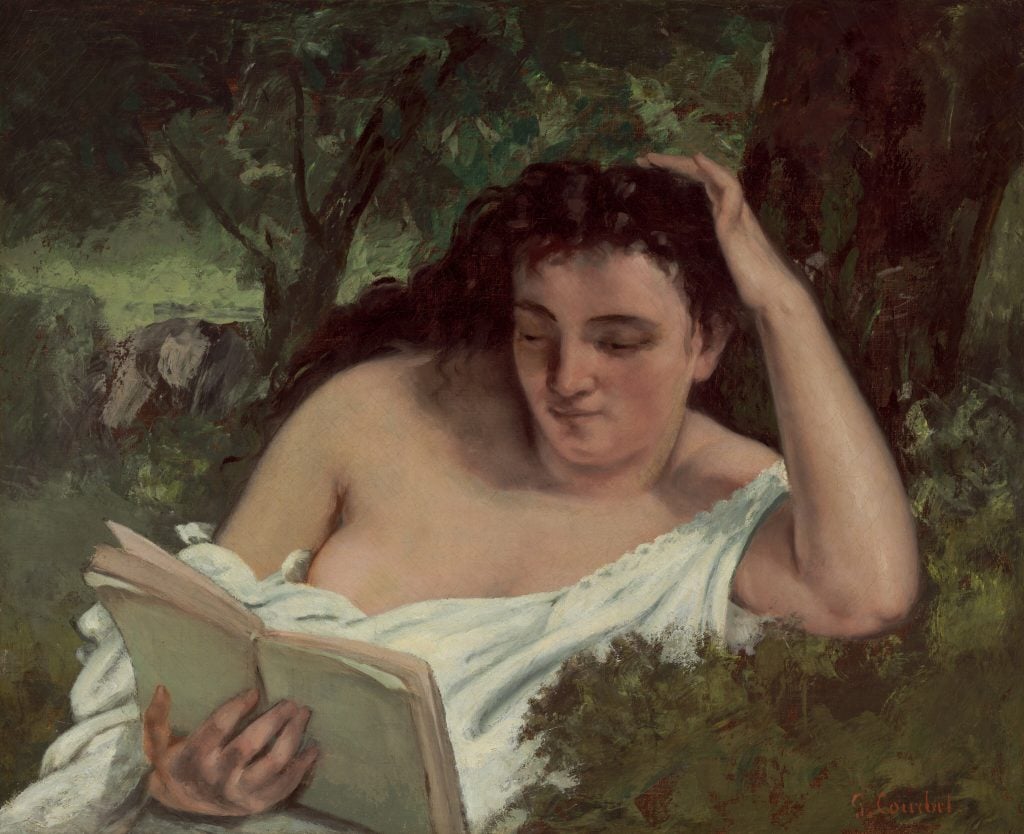
The uncanny art world is a fertile ground for enthralling fiction. Here are the new books we could not put down.

Artnet News

The art world can be stranger than fiction, and remains fertile ground for writers to mine. Our writers and editors have picked out exciting new fiction books that set the scene. Happy reading!
1. Parade by Rachel Cusk
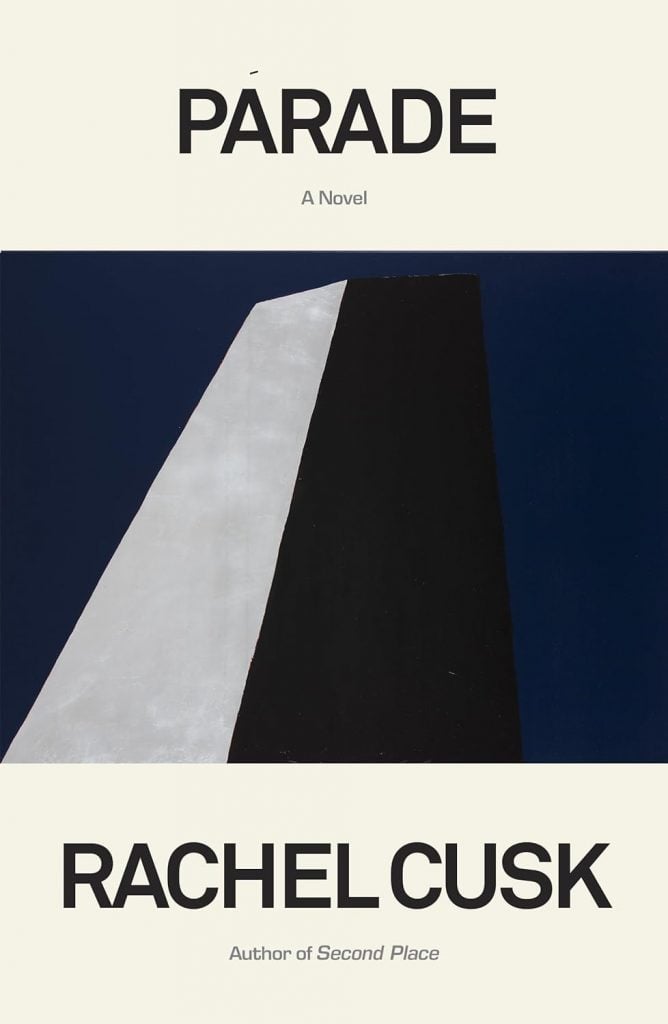
It seems that everyone I know has a book by Rachel Cusk on their shelf. If not one of the acclaimed Outline trilogy, perhaps maybe it is Life’s Work, her compelling reflection on motherhood. Her newest book out this year continues to blend fiction and memoir, but this time it turns its eye to the art world with a plot structured in such a unique way, it is an artwork itself. First we follow a mid-career artist called G who begins to paint upside down and experiences a windfall of success. Soon, we meet more artists and writers of various genders all also named G, and this house of mirrors expands, with Cusk drawing out an intellectual and sharp reflection on art, men, and women, and self-expression.
–Kate Brown
2. The Lost Van Gogh: A Novel by Jonathan Santlofer
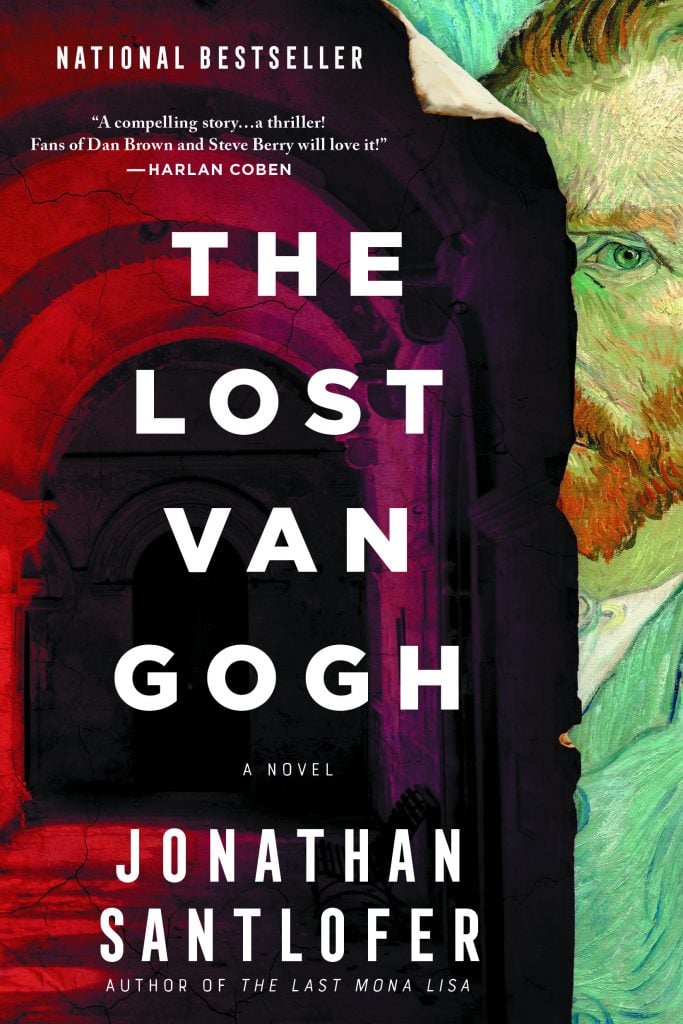
Jonathan Santlofer picks up where he left off with 2021’s The Lost Mona Lisa with an equally thrilling tale of art historical crime. The main characters are all back: artist Luke Perrone, whose grandfather stole the Mona Lisa; his girlfriend Alexis Verde, an art historian and daughter of an infamous art thief; and Interpol agent John Washington Smith. This time, the action-packed events of the novel kick off with the unlikely rediscovery of Vincent van Gogh’s final self portrait. The sprawling tale takes readers from New York to Amsterdam before reaching is dramatic conclusion in Auvers-Sur-Oise, the tiny French town where Van Gogh died. It’s clear that Santlofer—an artist himself, who includes several delight sketches inspired by the art and places in the book—has done his research on the art world. He includes everything from Maurizio Cattelan’s infamous Art Basel banana to the thorny issues surrounding the restitution looted art, all wrapped up in a page-turning beach read.
—Sarah Cascone
3. Vivienne by Emmalea Russo
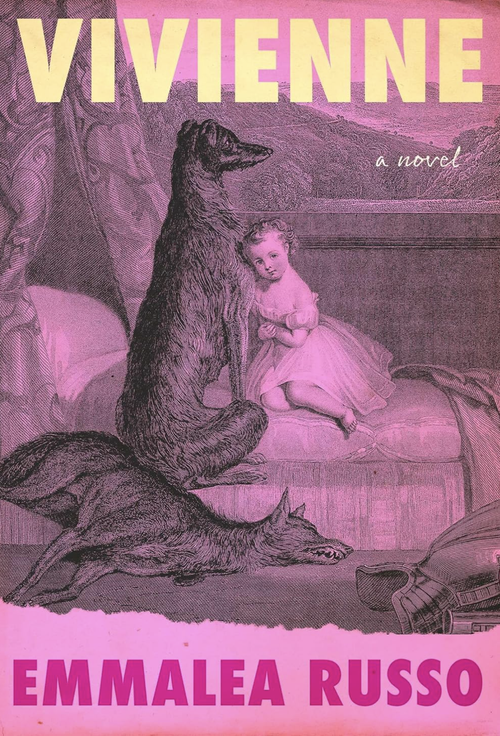
Vivienne by Emmalea Russo tells the story of the fictional female lover of the real-life artist Hans Bellmer, the 20th-century Polish-German surrealist sculptor and photographer known for his bizarre “dolls.” Now, as an old woman living with her younger boyfriend, her daughter, and her granddaughter, she faces being canceled ahead of a major group show retrospective at an imagined museum. Vivienne is believed to have been responsible for the suicide of another fictional Bellmer muse decades earlier. The story follows the family over the course of a week, tracing the circumstances of the canceled show and its aftermath. It’s a skin-crawling drama about three generations of women and their relationships to one another. It’s a warning about how to cope with grief, and it’s a murder mystery whodunit, but not the obvious one.
It’s a satirical comedy that is at its core a book of poetry, or literary art; a sort of cubist or surrealist story that examines its plot from multiple angles and points in time. It’s a fiction that pokes fun at an art world that takes itself too seriously by also, perhaps, taking itself too seriously. The quips at the expense of today’s art market are laugh-out-loud funny for clued-in insiders, and it jabs at cancel culture in the art world are prescient—which begs the question: who is this book actually for?
The answer is maybe not the art world insiders who’d actually understand the nuances. The casual reader might find it difficult to navigate this book’s blend of expository, narrative, epistolary, and poetic text but might also find it worthwhile to Google their way through the art historical references and such to discover what’s fact and what’s fiction. Either way, it’s a fun read for anyone who wants to feel smart and cultured by the time they’re done reading it.
—Adam Schrader
4. Blue Ruin by Hari Kunzru
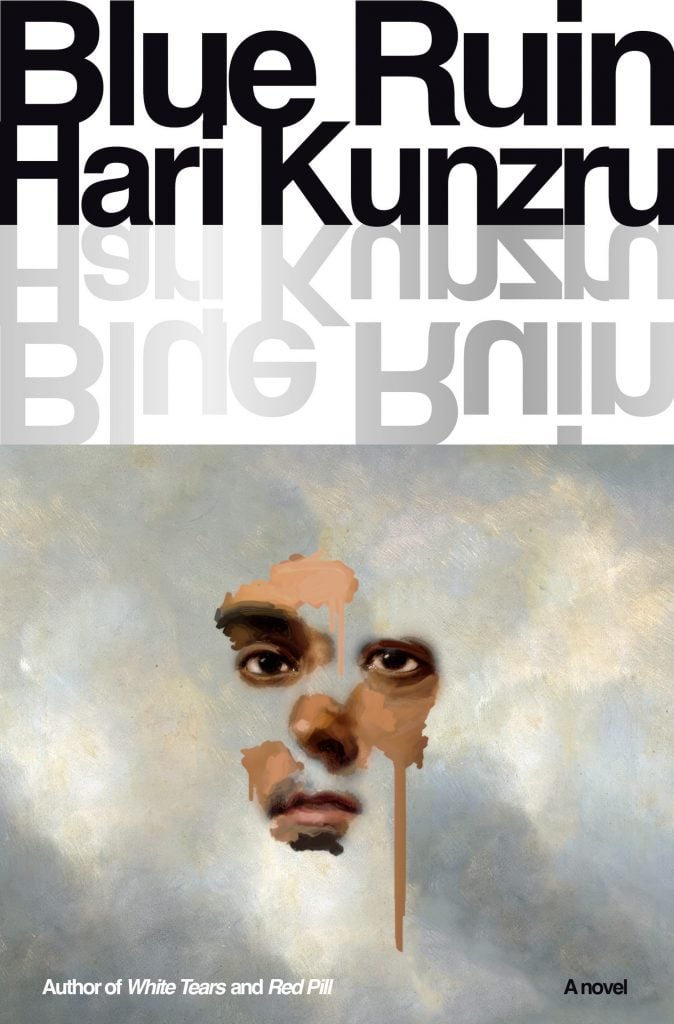
The opening pages of acclaimed writer Kunzru’s latest novel will mentally land you straight back in the crosshairs of the 2020 pandemic lockdown (which will likely either trigger you or spark relief that we’re far past it) through the eyes of a once-promising artist named Jay. Just what it was that scuttled Jay’s prospects as he seemed poised for greatness in the fickle contemporary art world remain unclear. Now he is scraping by, living out of his car, and making ends meet as an essential worker delivering groceries in an upscale neighborhood in Upstate New York. The setting will be familiar to the crowds of art-world denizens who fled the city and went North to more rural towns at the height of lockdown, establishing some serious and still thriving mini-art scenes today.
The novel cuts back and forth across time, but readers will be drawn in by the opening pages where mid-delivery, he runs into Alice, a former girlfriend from his art school days. Alice takes pity on him and invites him to stay on the property, along with an eccentric gallery owner and his girlfriend. A complicated portrait of the artist emerges as Jay is forced to confront his past.
—Eileen Kinsella
5. All Fours by Miranda July
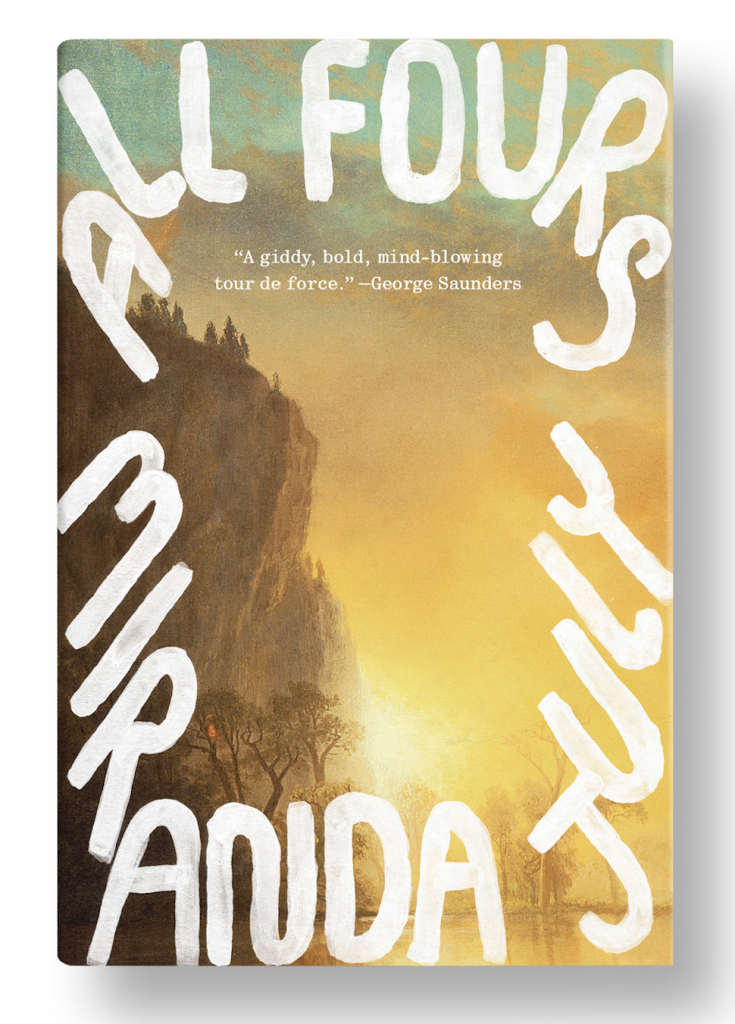
Summer is perhaps the best time to feed into your escapist fantasies. Instead of lusting after your friend’s live-streamed European vacation, I urge you instead to live vicariously through Miranda July’s new book All Fours. This energetically written novel sees a midlife, mid-career artist pull an escape act from her family and career, taking up residence in a random motel outside of New York to live out her most absurd and carnal desires.
This is the third novel by Miranda July, who is an artist in her own right. Though she is most widely known for her films, July also maintains a conceptual studio practice that regularly materializes as performance art. The writing in All Fours translates the vulnerability and discomfort that July is able to convey in her performance art, all the while remaining highly readable and laugh-out-loud funny. For the artists and the art inclined alike, All Fours will play to some of the indulgences you only dare to dream about.
—Annie Armstrong
6. Scrap by Calla Henkel
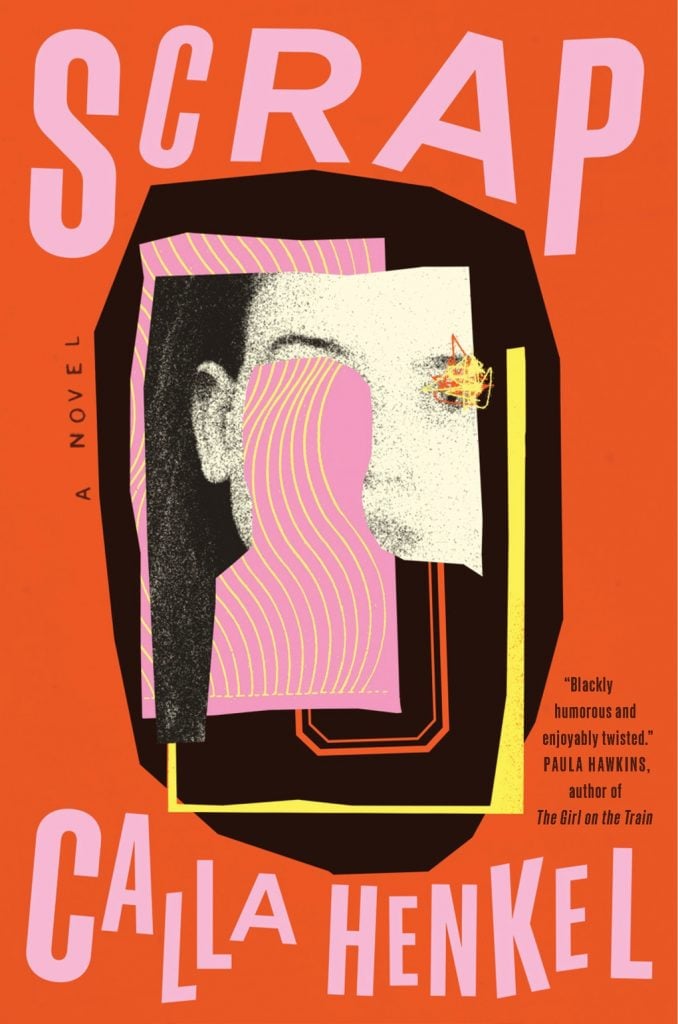
There is something about the art world in particular that lends itself very well to the form of the thriller: maybe it’s the seemingly bottomless wealth, the opaque freeport storages and mysterious trade deals made behind closed doors, or perhaps it’s all those white table cloth dinners populated by a mixed cast of characters who find their way here either by idealism or inheritance.
The Los Angeles-based artist and author Calla Henkel has figured this out with a mastery that comes from someone who has probably taken her fair share of field notes, having sat at more than a few of those dinner tables. With her acclaimed debut novel, Other People’s Clothes, a Y2K-era story that was published in 2021, we witnessed two American art students descend into darkness in Berlin, a spiraling tale that references the murder case that ensnared the U.S. student Amanda Knox on her ill-fated European adventure.
In her new book Scrap, which was published earlier this year, we are in luck with another page-turning thriller that is just as witty as the last. Here we land in the art world of the U.S., in a small and pretty town where the character Esther lives. She’s an artist, but craft is her thing, and she also is freshly dumped by her girlfriend and spiraling herself. To manage the emotions, she buries herself in a commission she has landed from a very wealthy and mysterious woman named Naomi (of course, they met at an art world dinner party). The mega project, a series of handmade scrap-book that must include every single detail of Naomi’s life with her family, which she has meticulously chronicled by keeping every tag and receipt that ever passed through her hands, becomes a dark and twisted real-time mystery for Esther.
Obsession and crime mix in a book that is digestible yet smart (Henkel has called her books “airport novels” and I can attest to their readability on planes and waiting areas), but this book is brought to life by the depth of its main character. Scrap is strange and the plot has insiduous twists, but, really, it is ultimately plausible and wholly convincing given the bizarre landscape that is the art world—I would not put it past us.
–Kate Brown
7. House of Honor: The Heist of Caravaggio’s Nativity by Margaret Ann Philbrick
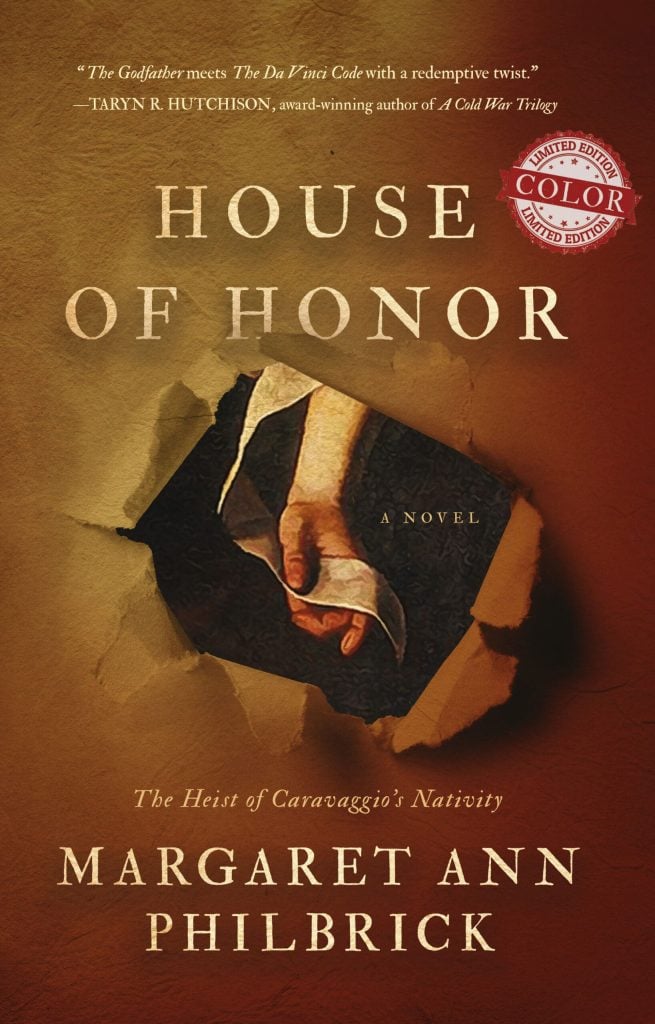
House of Honor by Margaret Ann Philbrick. Photo courtesy of Ambassador International.
The mysterious whereabouts of Caravaggio’s Nativity with St. Francis and St. Lawrence (1609) after its notorious theft in 1968 continues to confound detectives and historians. But it provides fertile ground for Philbrick’s intriguing page-turner, which leans into the crime’s mafia roots. The novel follows lay-about Orazio Bordoni as he descends into the Italian underworld. His first test? Stealing the Caravaggio work from the Oratory of Saint Lawrence in Palermo, as ordered by the gang’s don, Papà. “He said it with the tone of someone ordering a panini,” thinks Orazio of Papà’s assignment. Besides richly detailing the tense heist, the book is scattered throughout with glimpses of Caravaggio’s own dramatic life. The effect is a meeting between art history and criminal society, in which the Italian painter and mafia apprentice emerge as brothers joined in desperation—and violence.
—Min Chen
8. Anita de Monte Laughs Last by Xochitl Gonzalez
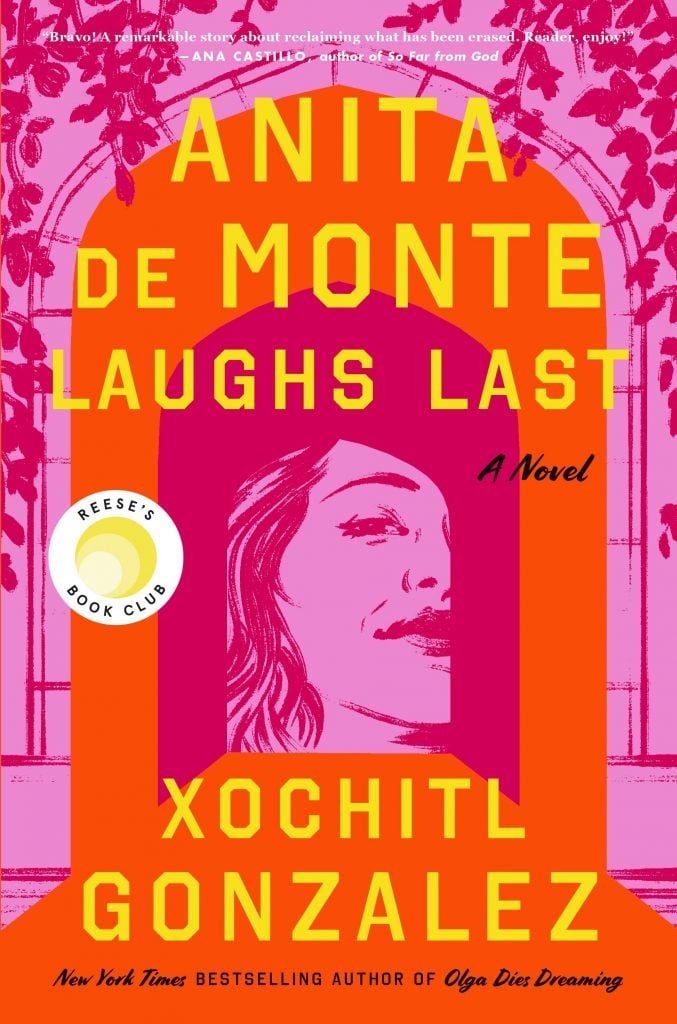
When, in 1985, rising art star Anita de Monte is found dead in New York City under dubious circumstances, the art world is rattled. But, by 1998, Anita’s name has fallen into obscurity. That’s when Raquel, an art history student at a leafy East Coast university, rediscovers the artist’s work while preparing for her thesis. Raquel feels a kinship with de Monte’s life and work—she feels like an outsider herself, as a minority and first generation college student. As Raquel delves deeper into her research, she sparks a relationship with a well-to-do older student. Suddenly, Raquel finds herself swimming into a heady world of privilege via her romance. The novel, moves back and forth across the decades, told through the perspectives of both Anita and Raquel’s voices, and prods at the relationship between art and power.
—Katie White